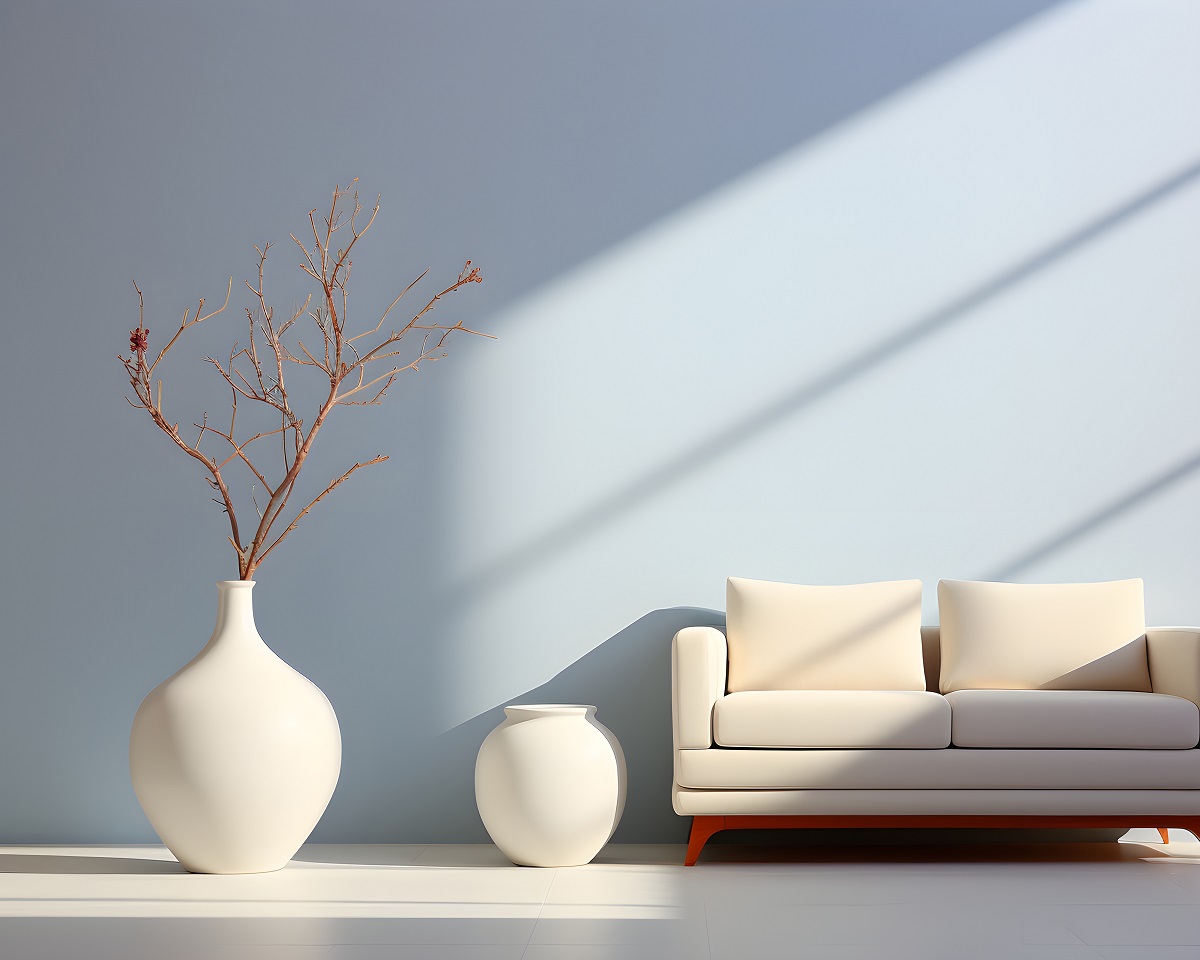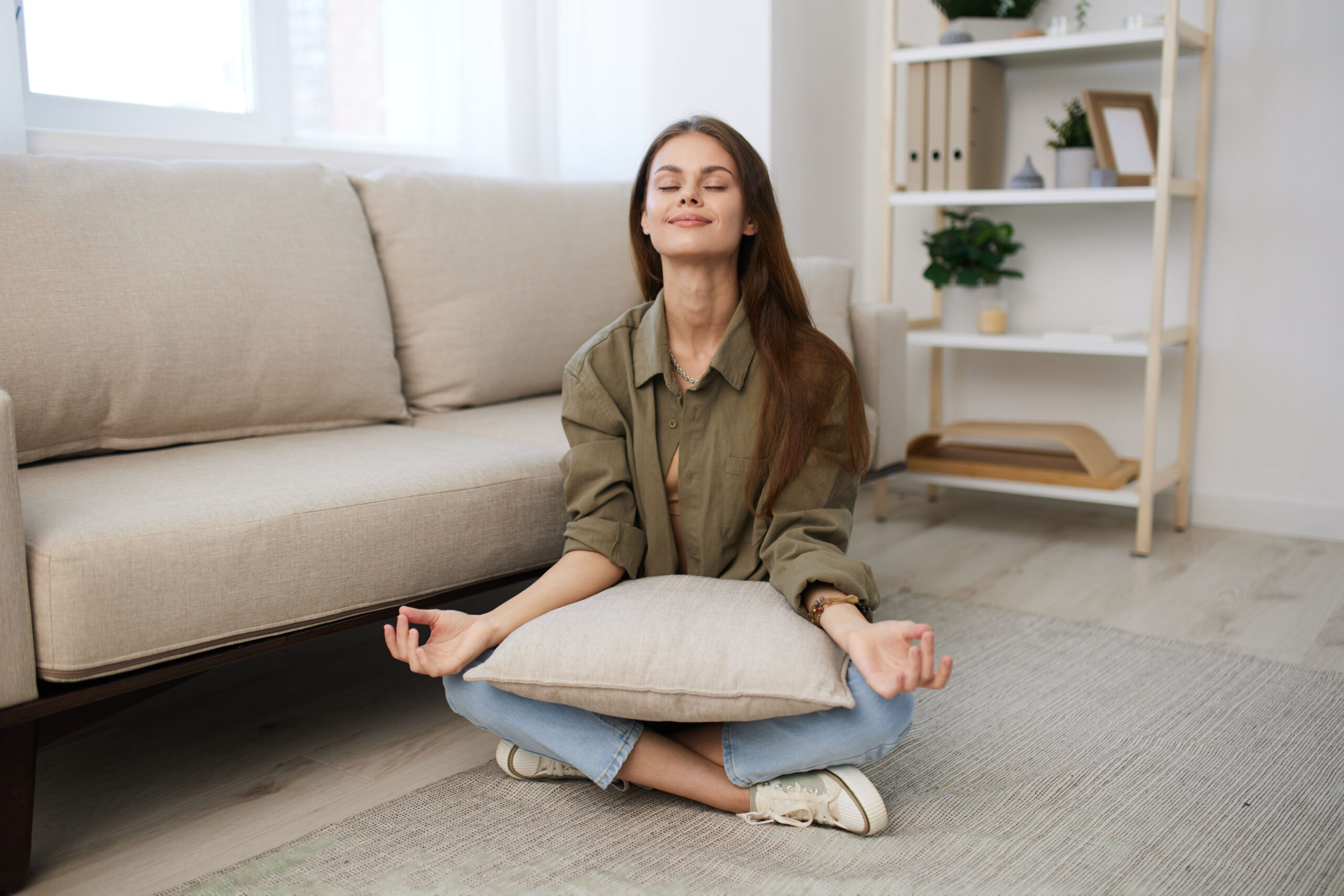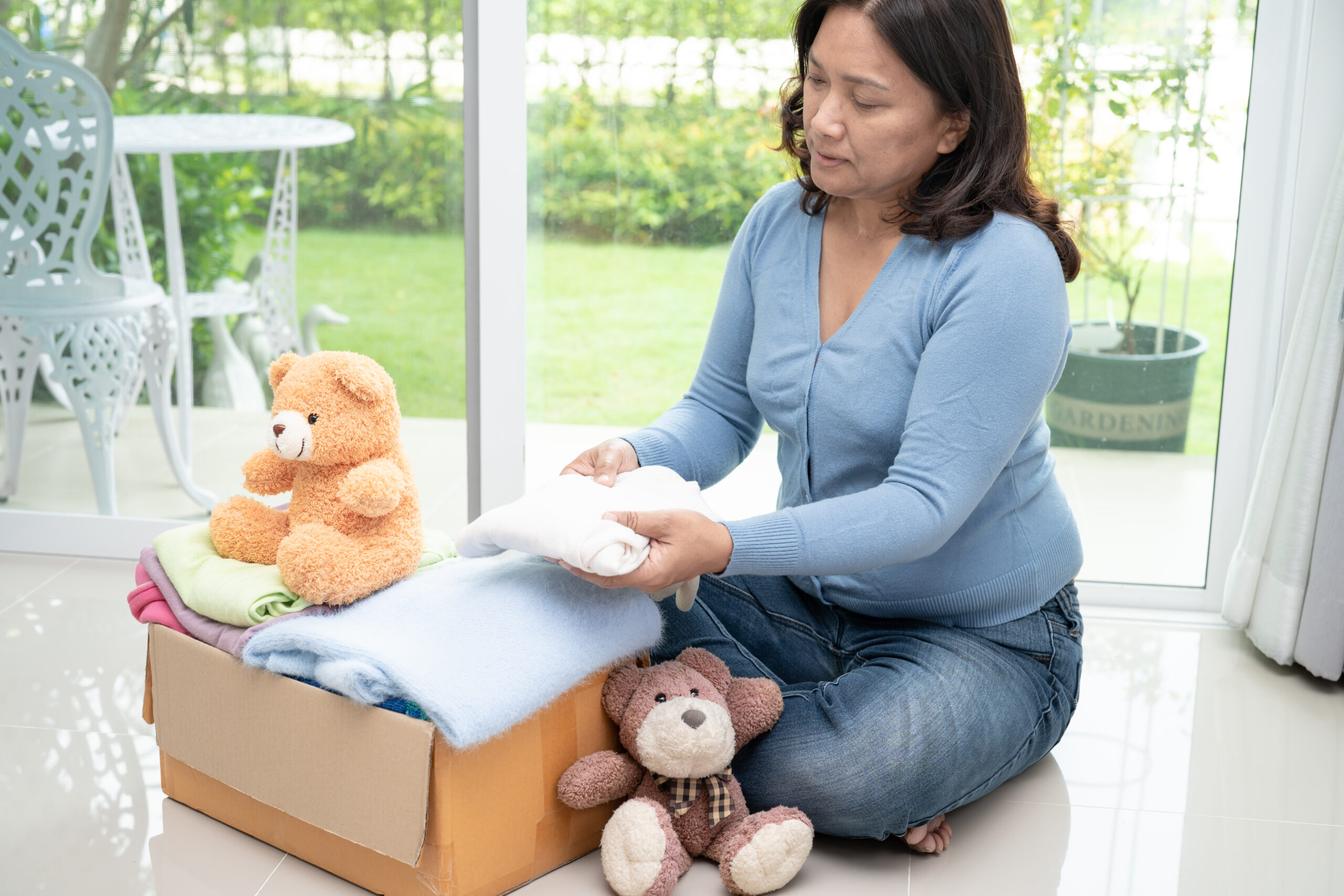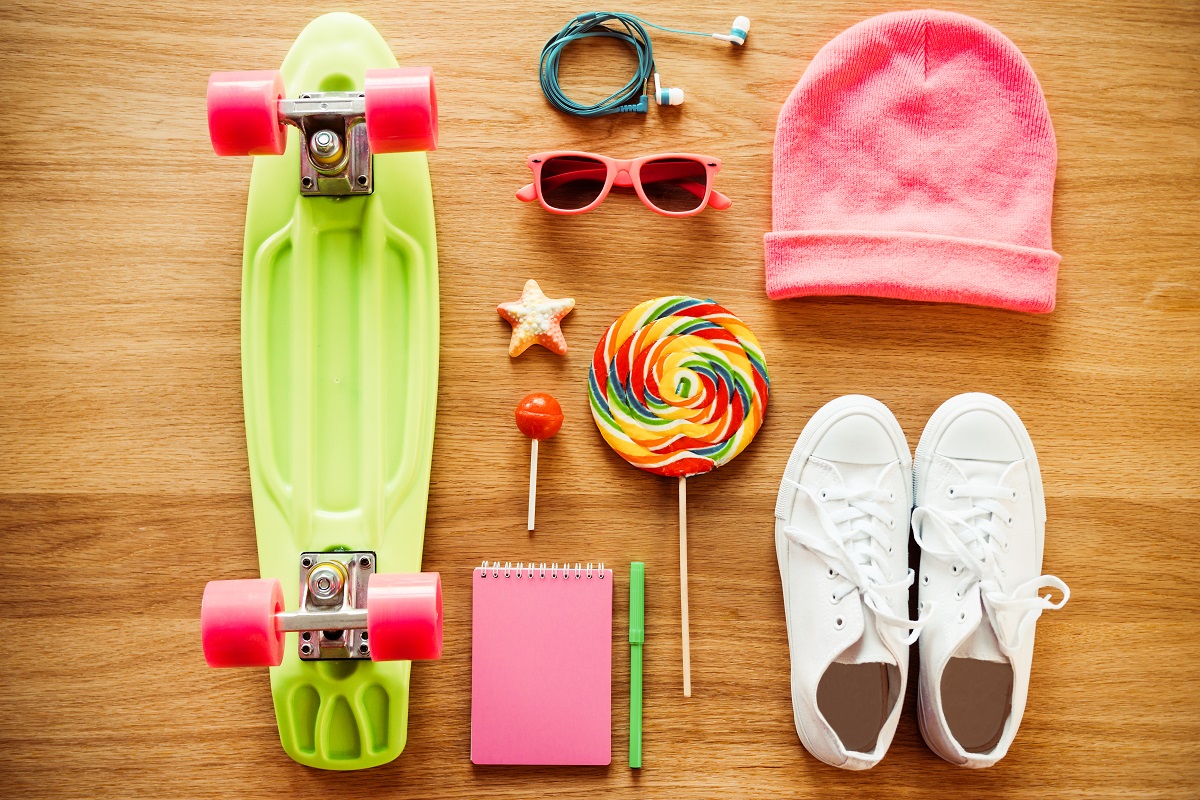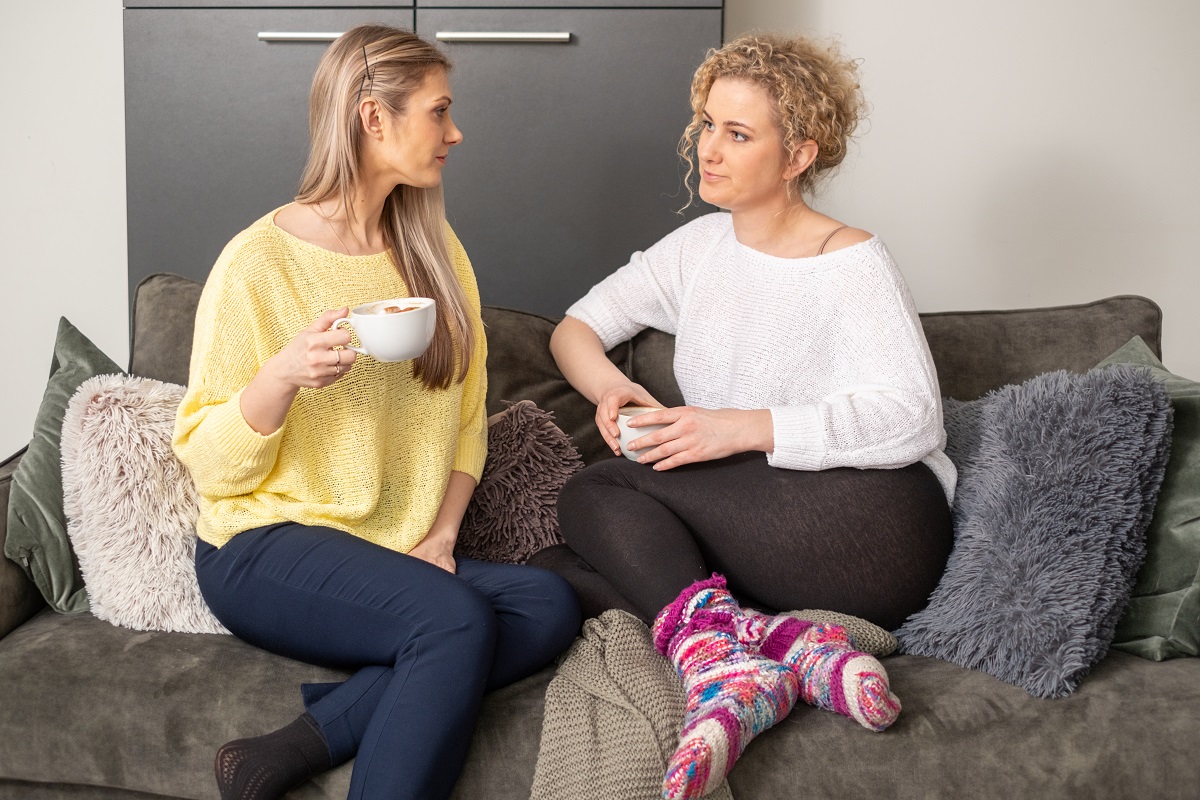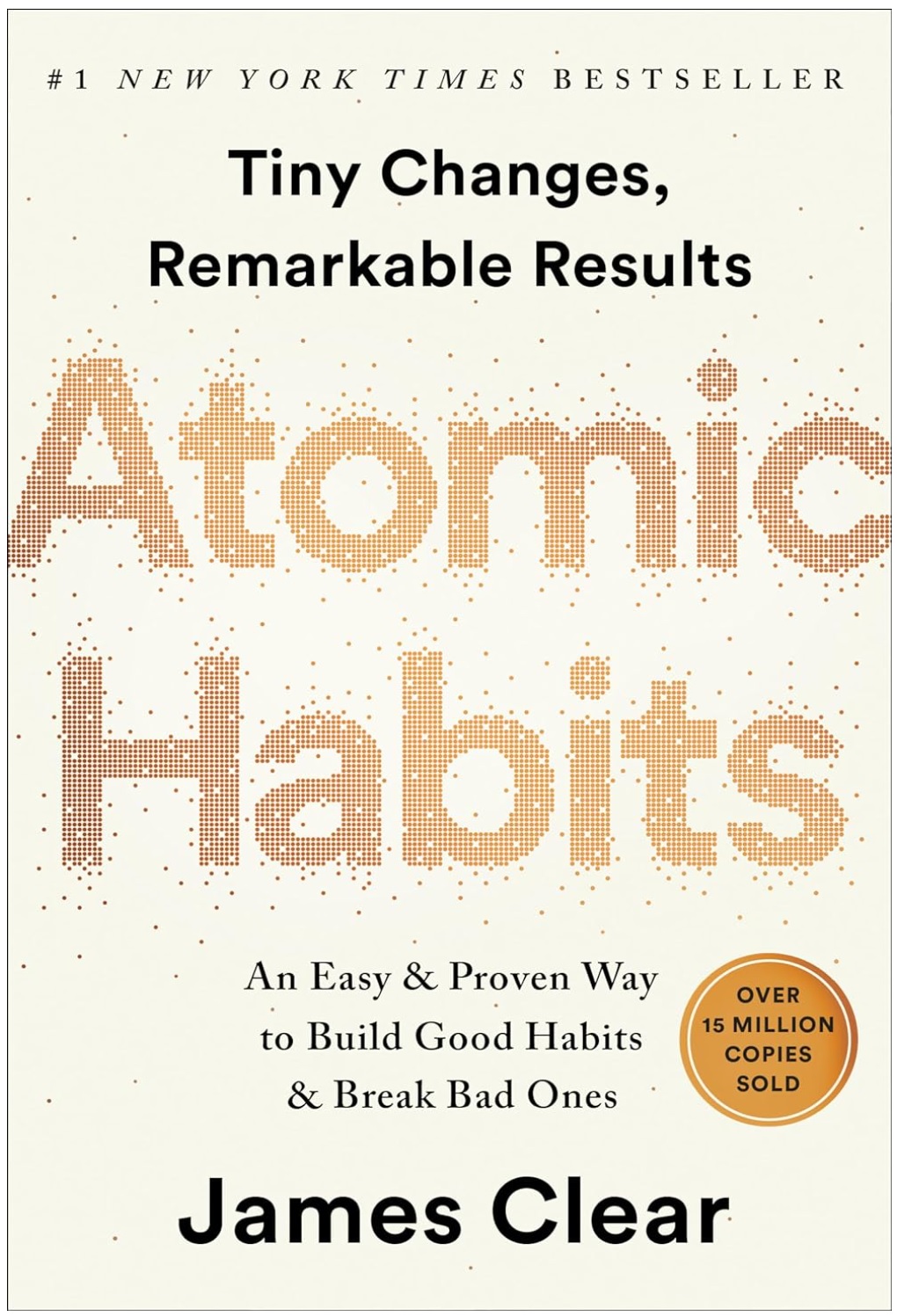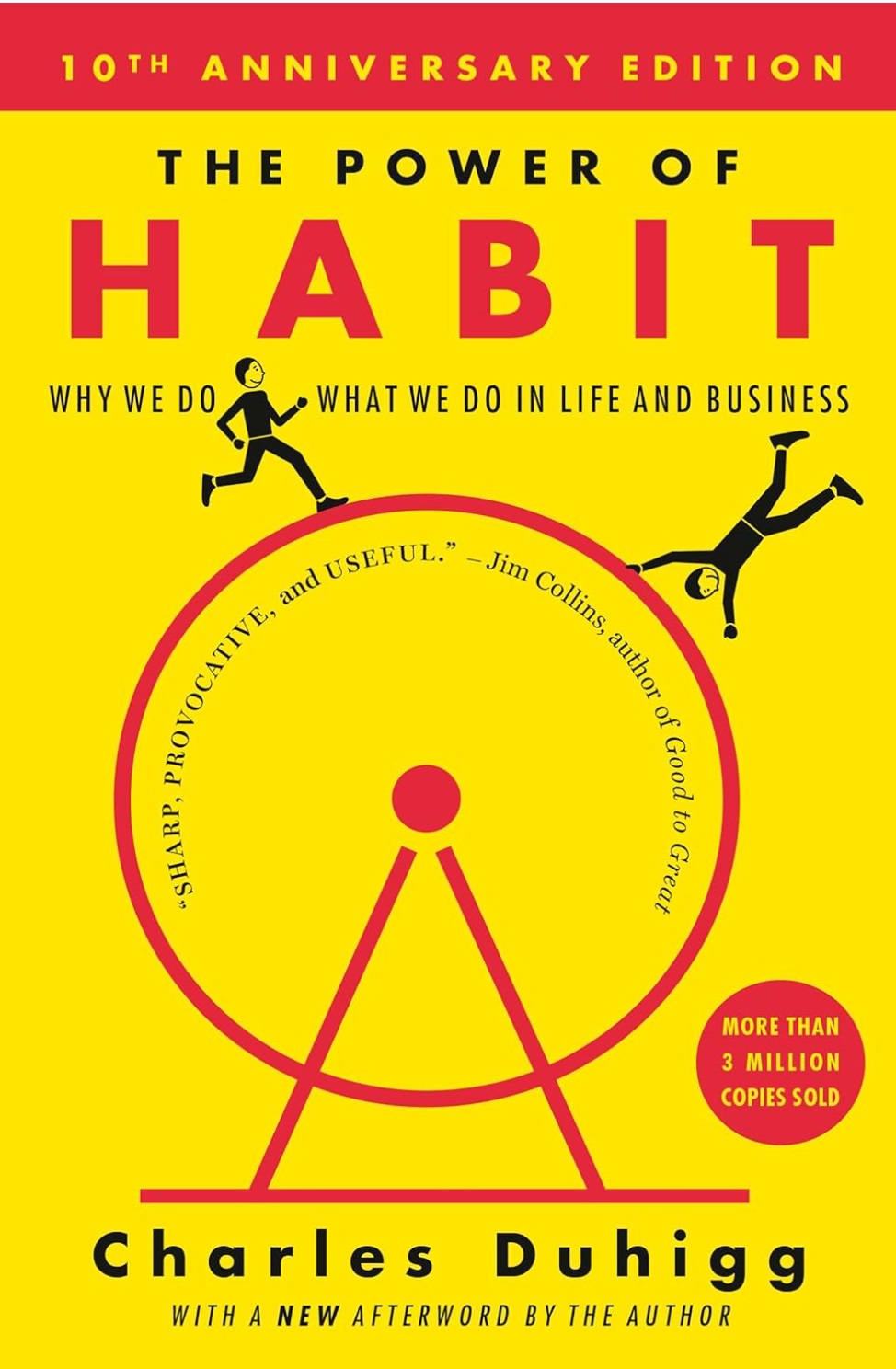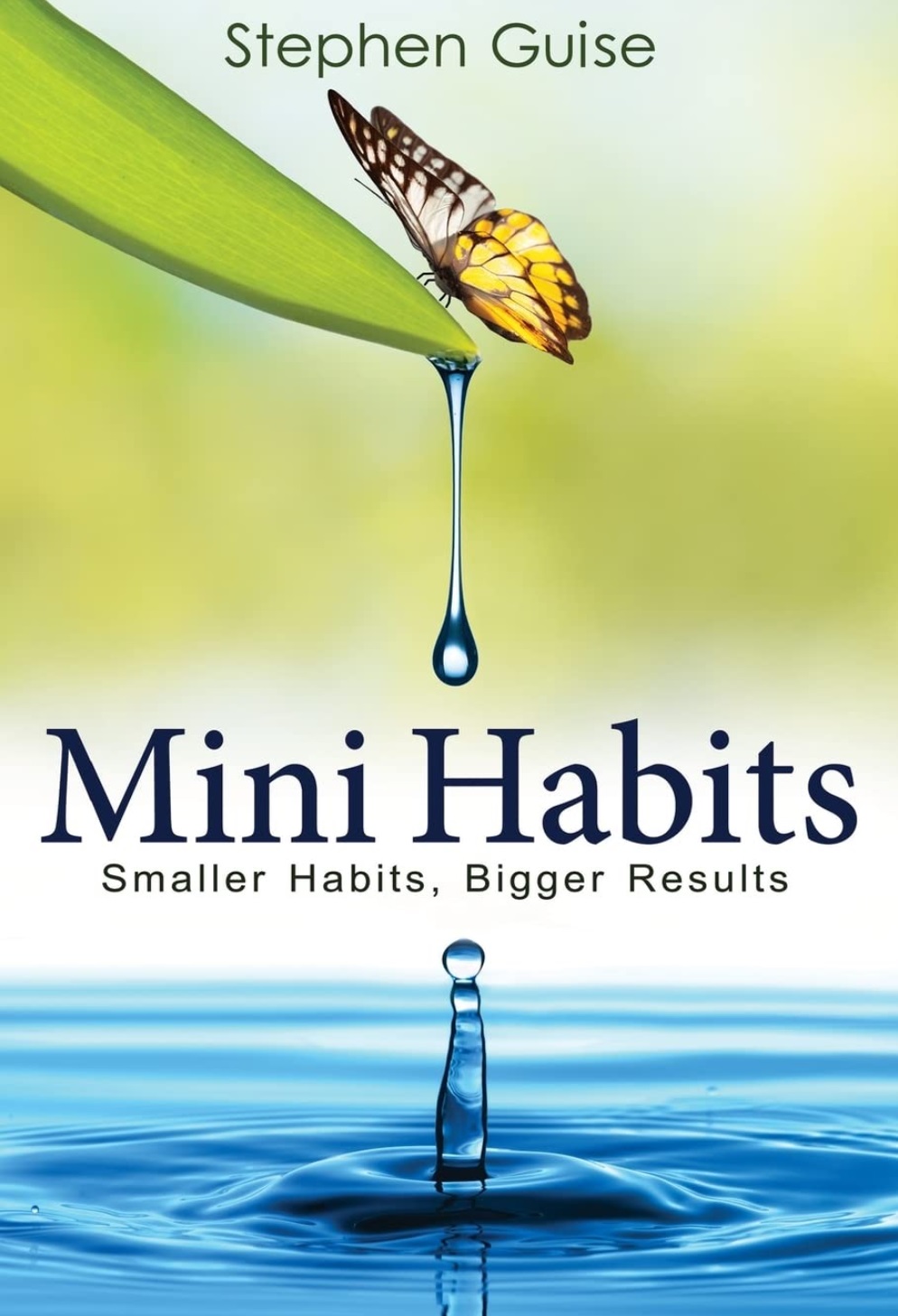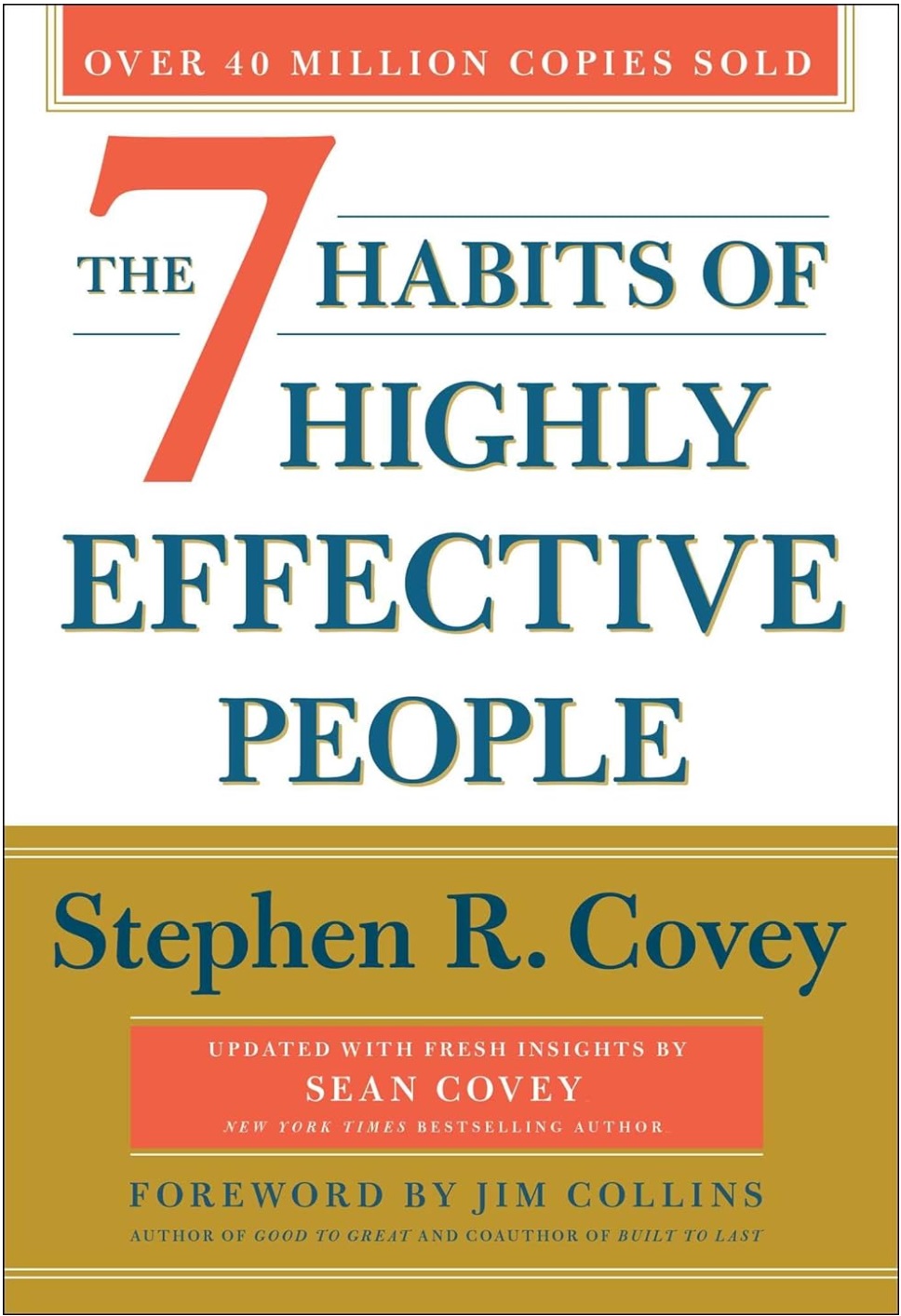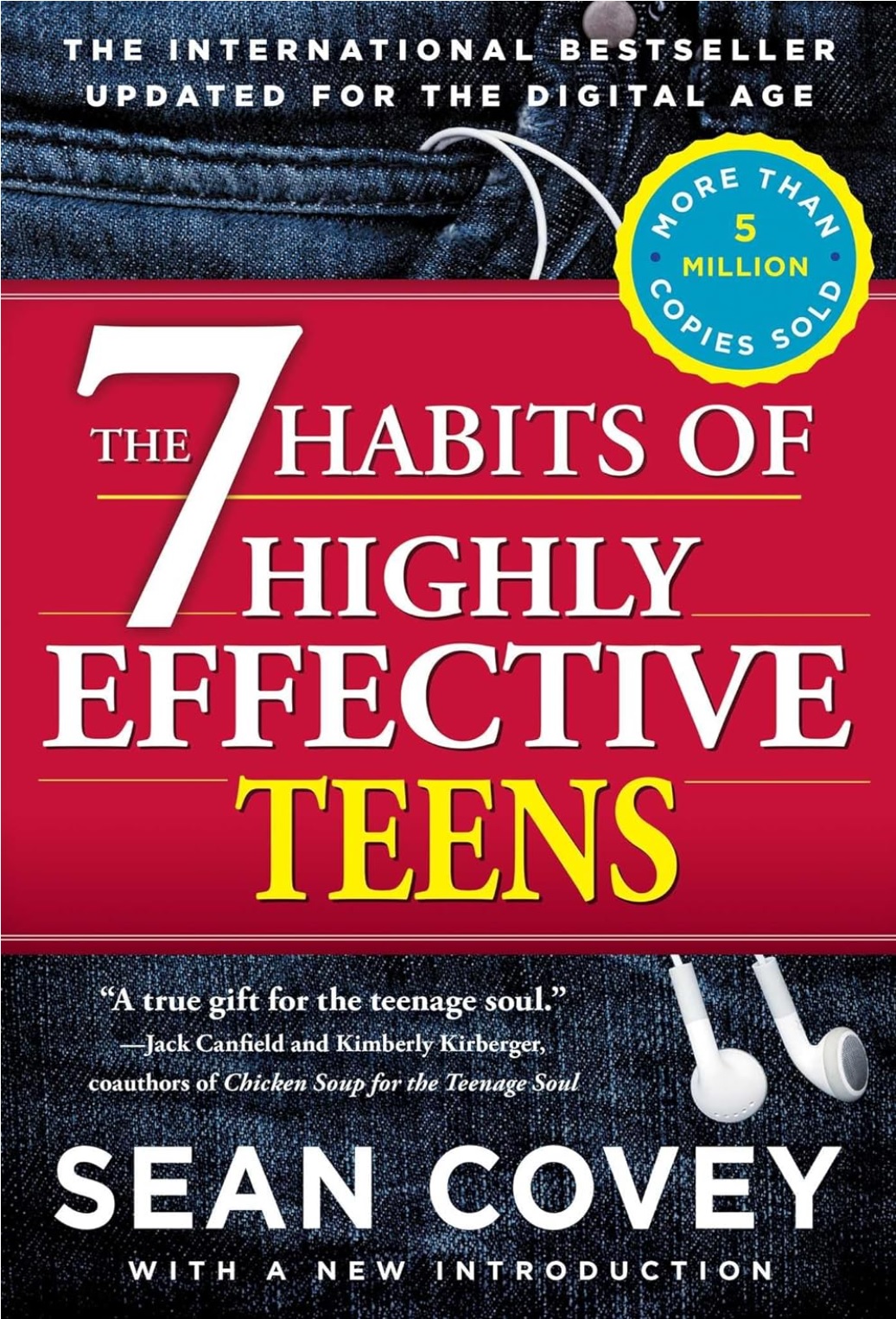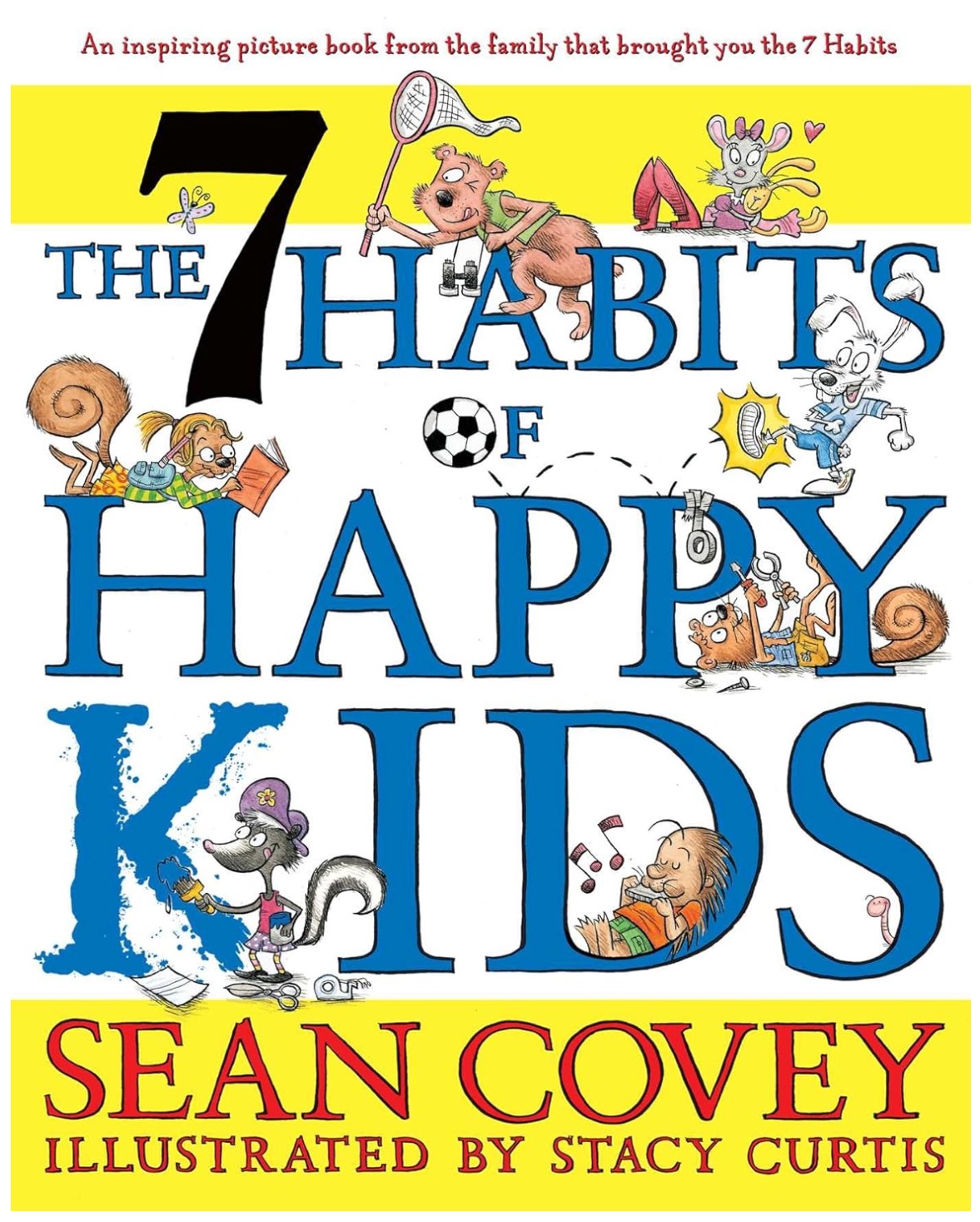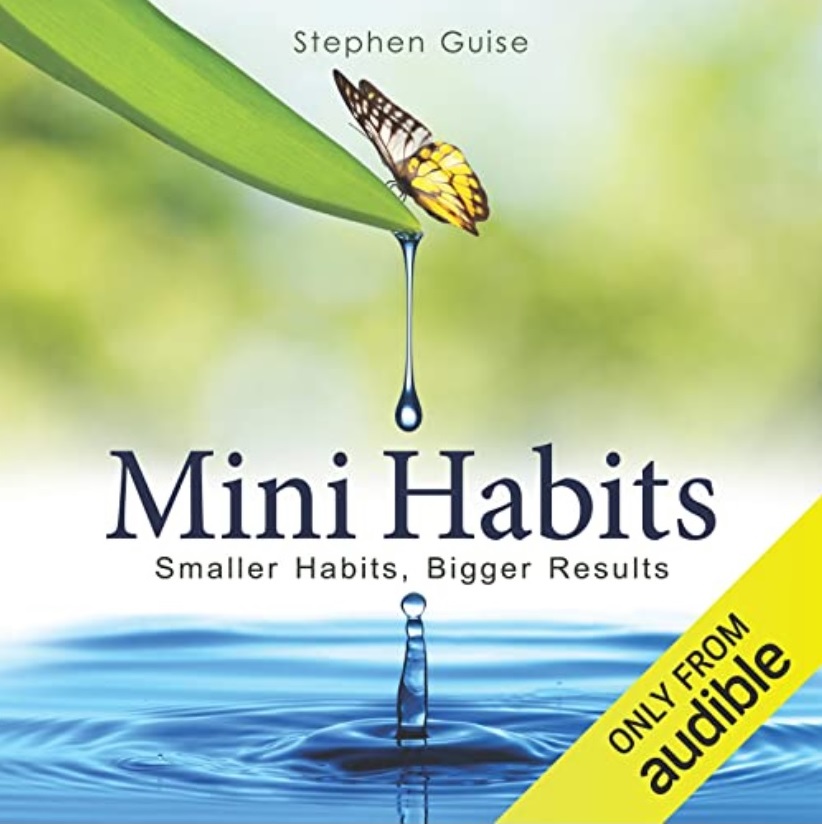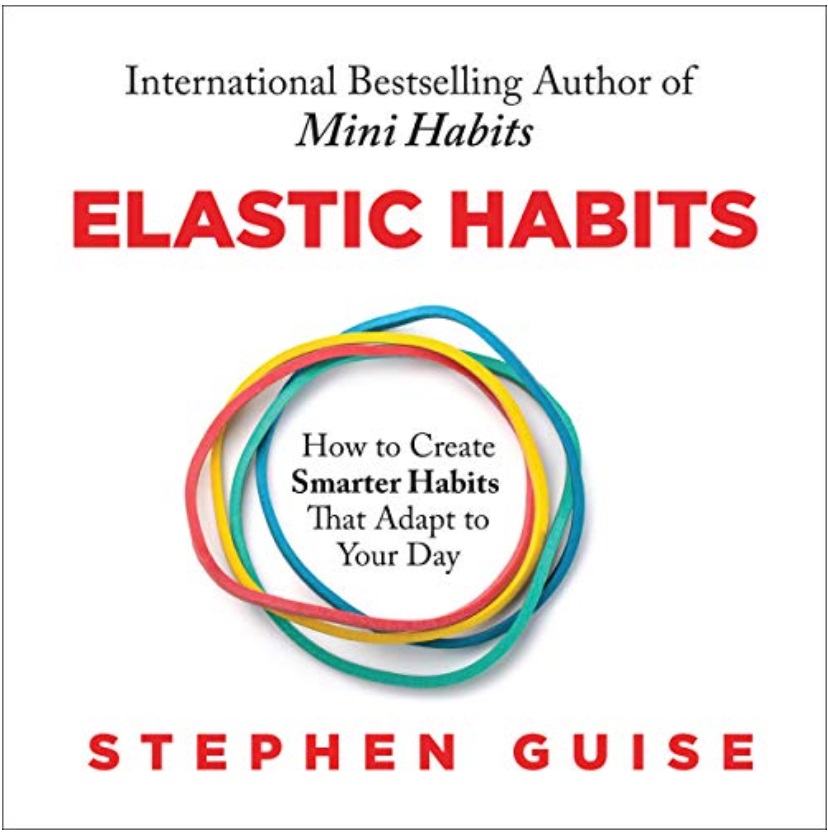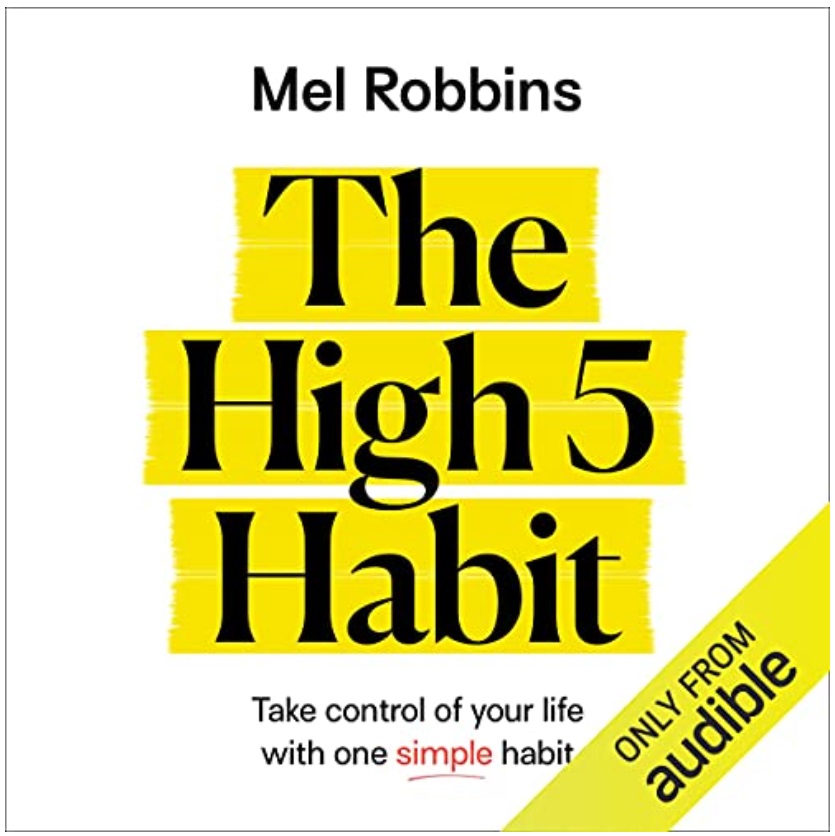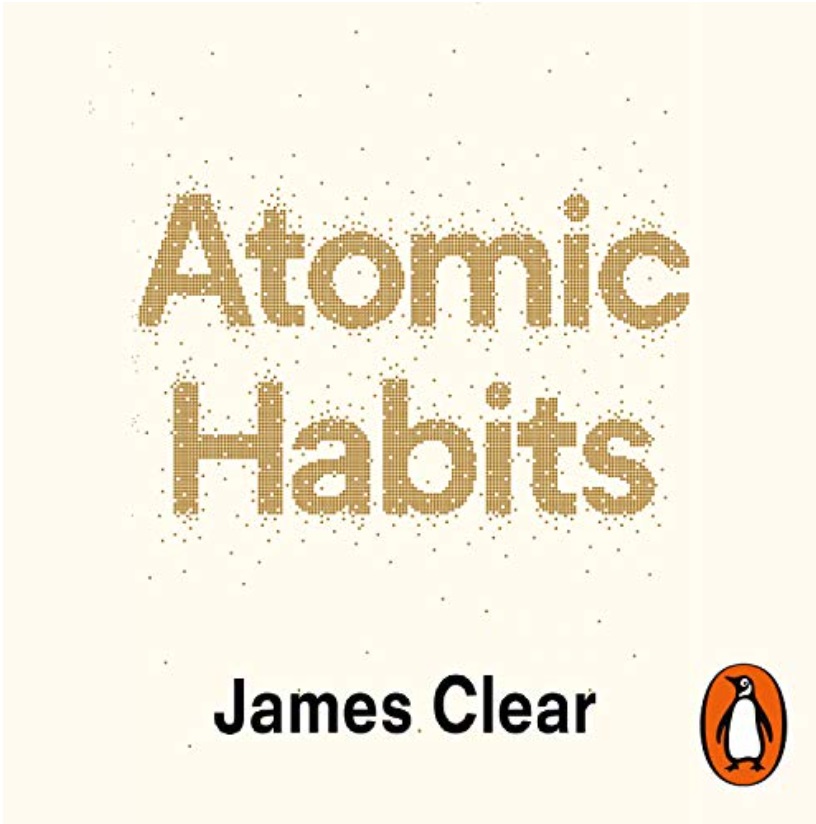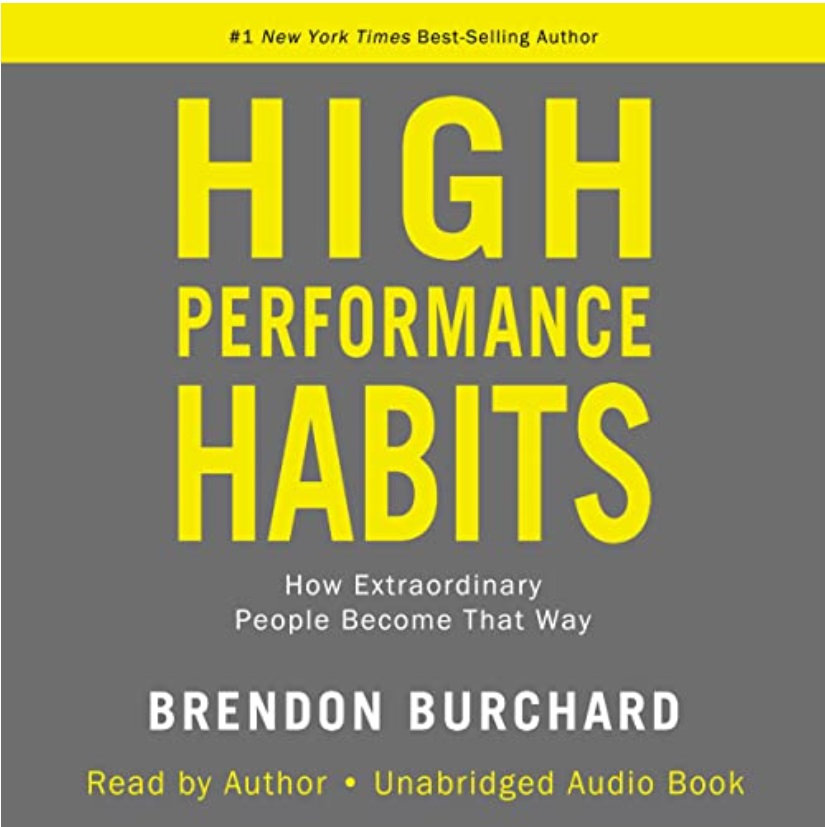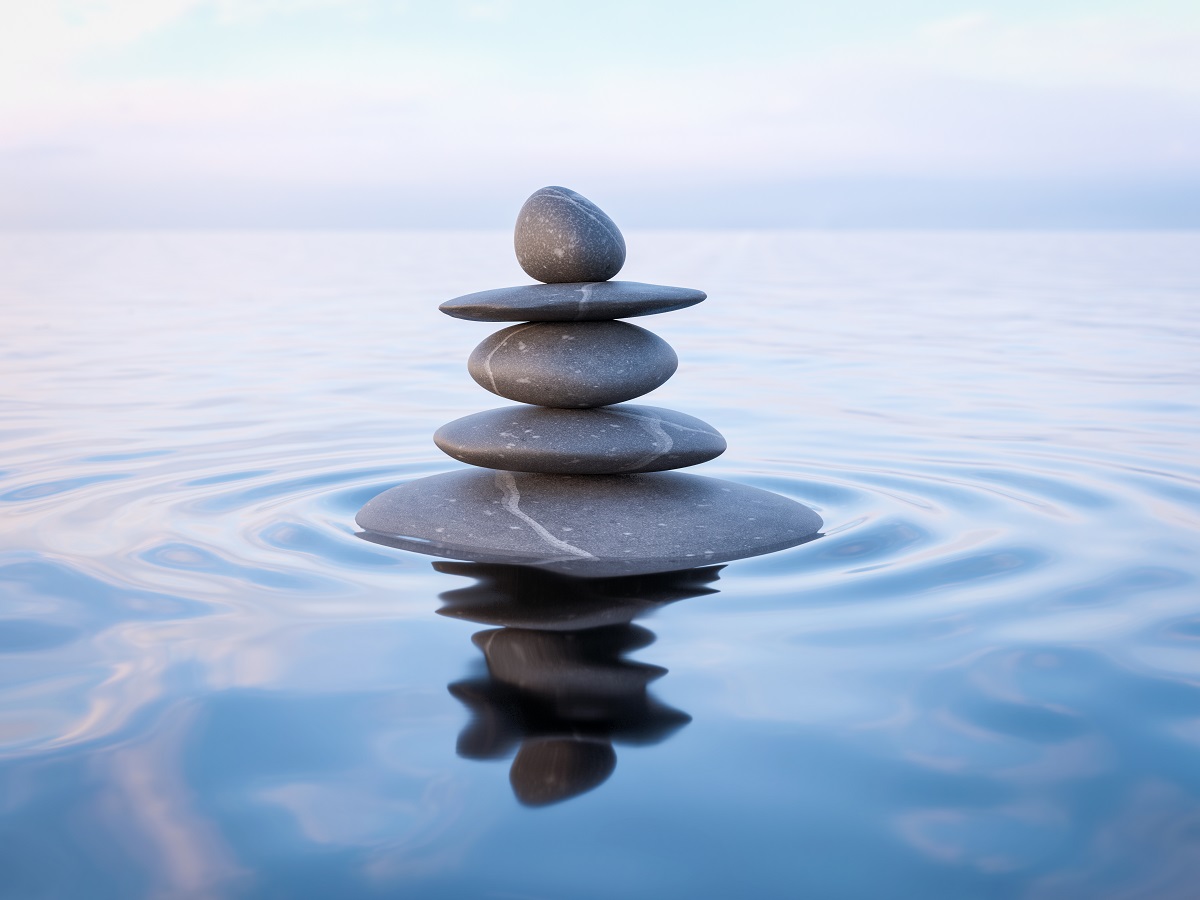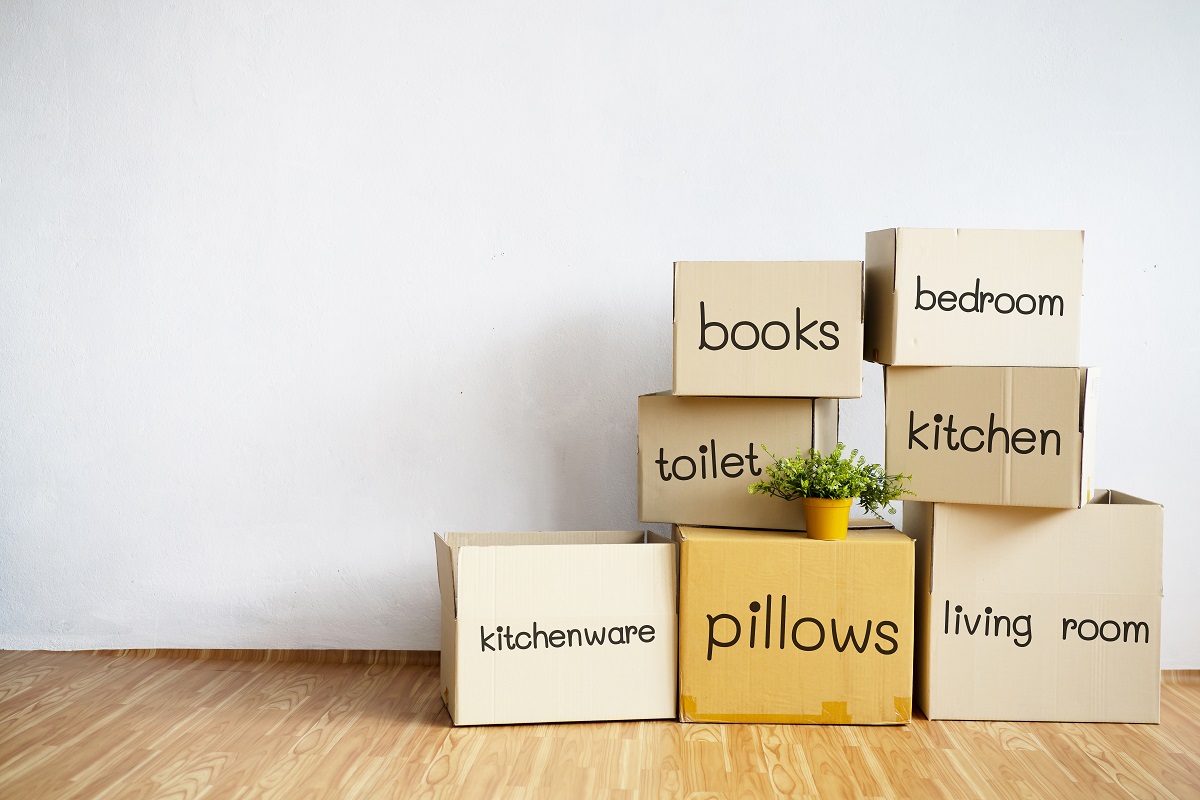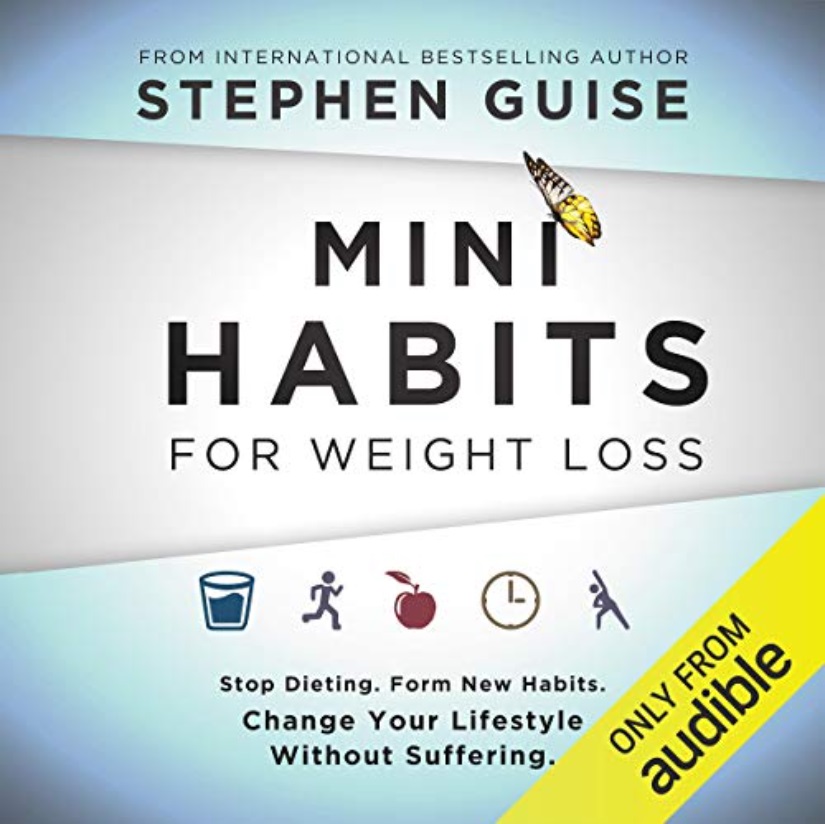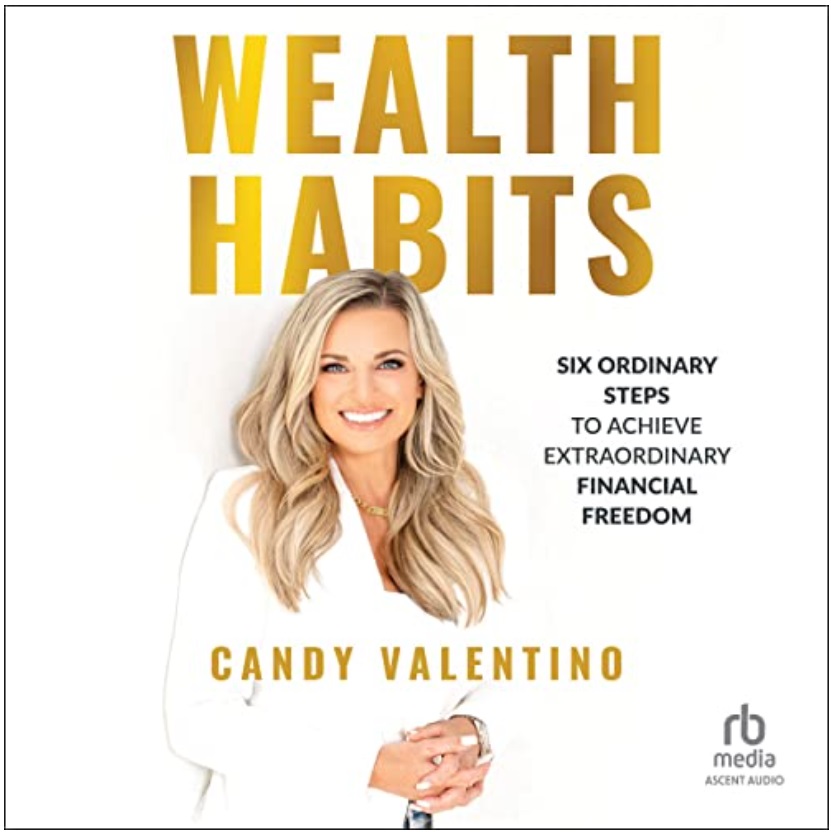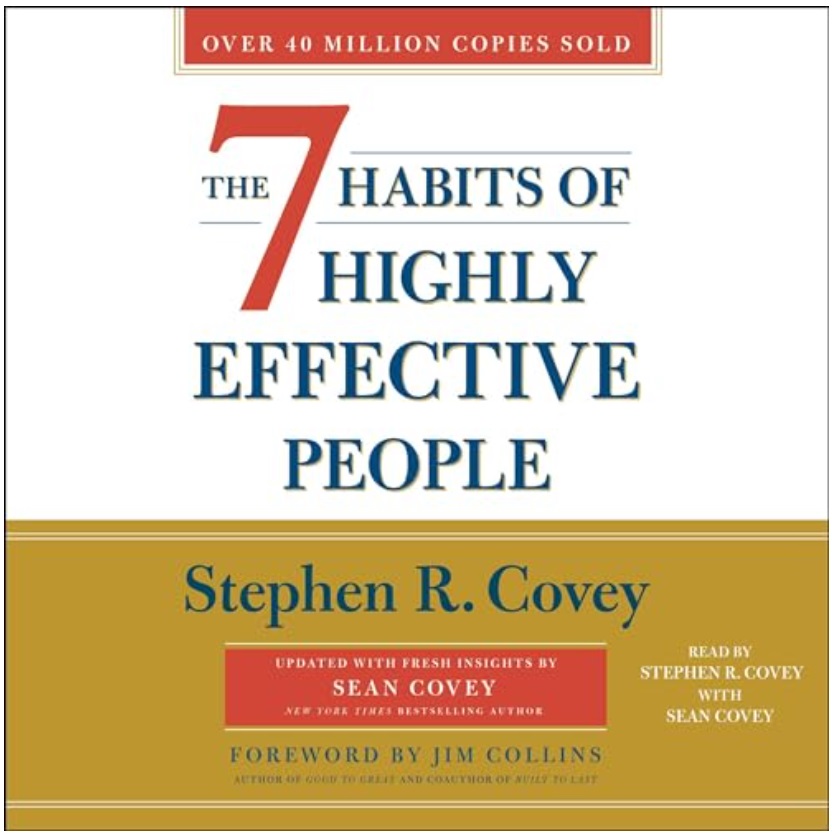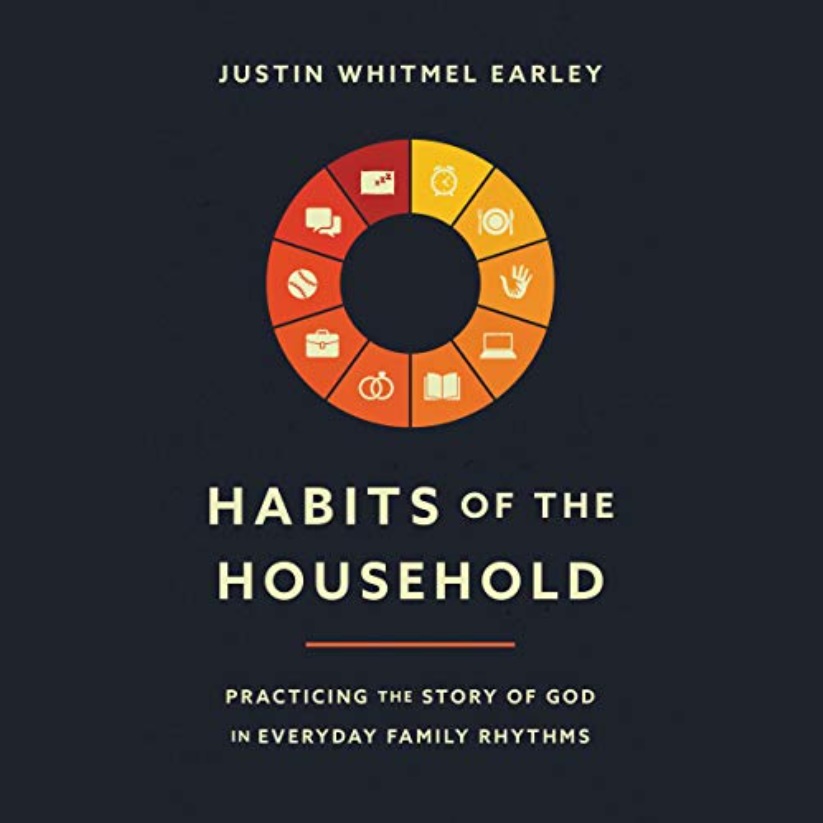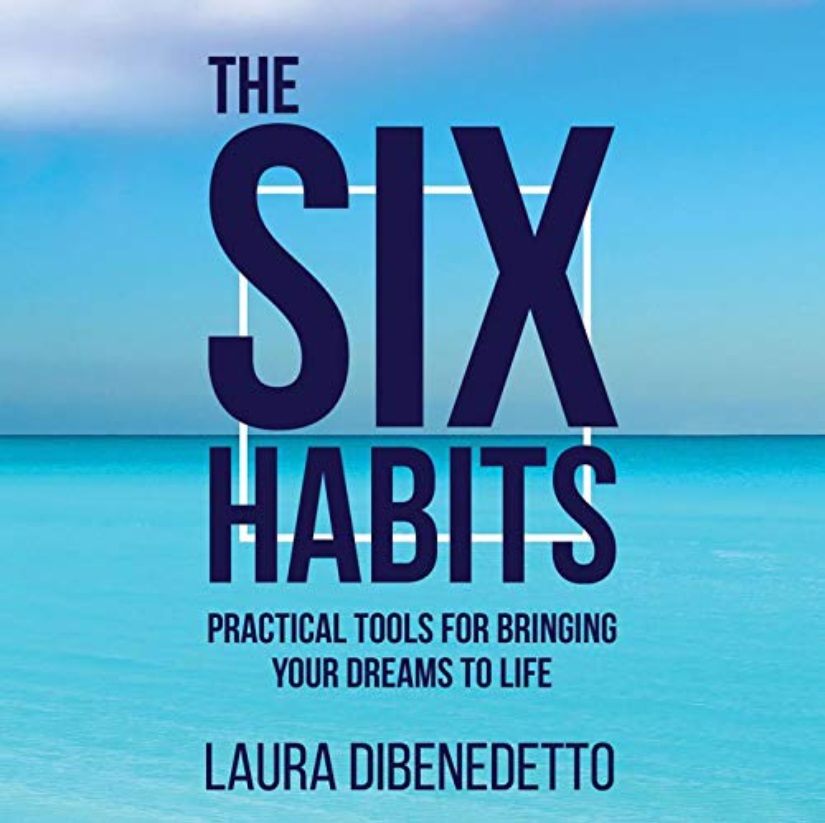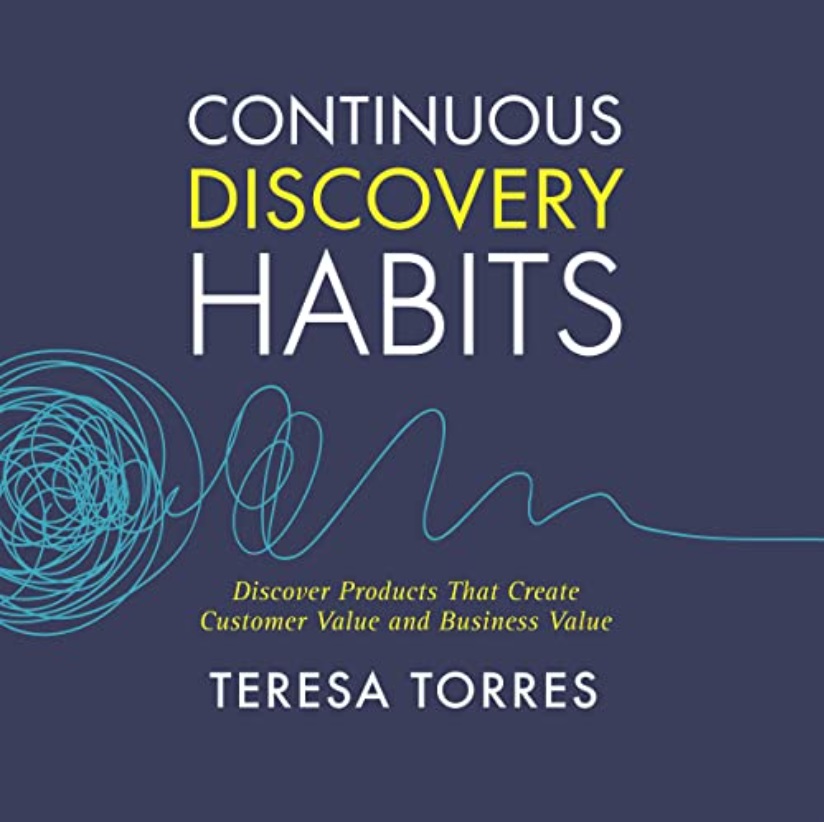- KEY POINTS
- Establish simple 10-minute daily decluttering habits to maintain a tidy, organized home without feeling overwhelmed.
- Focus on decluttering high-traffic areas like entryways, kitchens, and living rooms to create instant calm and reduce stress.
- Celebrate small wins and build momentum by consistently decluttering one area at a time, preventing clutter from piling up again.
Decluttering can feel overwhelming. I’ve been there—staring at closets packed with things I don’t use, wondering where to even start. The idea of decluttering an entire house felt exhausting, so I’d put it off.
But then I discovered something that changed everything.
I didn’t need to declutter my entire home in one day. Instead, I started small—just ten minutes at a time. Over time, those short sessions added up. Rooms felt lighter. Closets became manageable. And the best part? I didn’t feel drained afterward.
Table of Contents
ToggleWhy Small Decluttering Habits Matter
In this guide, I’ll share simple 10-minute daily decluttering habits that can transform your home, one small step at a time. If you’re ready to break free from clutter without spending hours on it, you’re in the right place.
I’ll also reference some of my past posts that dive deeper into specific areas of decluttering, like Easy Guide to Declutter Your Home in One Weekend and Room-by-Room Guide to Decluttering Your Home. These posts provide additional strategies to complement the habits we’ll cover here.
Let’s start by tackling the daily clutter hotspots that build up fast.
Tackling Daily Clutter Hotspots in 10 Minutes
The Entryway
My entryway used to be a magnet for clutter. Shoes piled up. Mail and keys scattered everywhere. It felt chaotic, and that chaos greeted me every time I walked through the door.
Now, I spend 10 minutes every evening tidying it up. Shoes go back in their place, and mail is sorted immediately—junk mail into the bin, important papers into a dedicated folder. It’s a small habit, but it makes a huge difference.
I shared more about decluttering entryway spaces in 20 Things to Declutter Today for Instant Calm. Just clearing that first area can set a peaceful tone for the rest of your home.
Reflective question: How does your entryway look right now? Could 10 minutes tonight make it more inviting?
Kitchen Counters
Kitchens are another area where clutter seems to multiply. Between dishes, appliances, and random odds and ends, my counters used to feel cluttered more often than not.
Now, I dedicate 10 minutes each evening to wiping down the counters and putting everything back in its place. This habit not only keeps things tidy but also helps me start the next day feeling organized.
I explain more about decluttering kitchen spaces in Room-by-Room Guide to Decluttering Your Home. Even if the rest of your kitchen isn’t fully decluttered yet, keeping the counters clear is a simple win.
Reflective question: Could clearing your kitchen counters for 10 minutes tonight bring more calm to your space?
Living Room
In my house, the living room is a gathering spot—and that means it’s often where clutter accumulates. Books, remote controls, blankets… they all have a way of piling up.
Spending 10 minutes tidying the living room each day keeps the space comfortable and ready for relaxation. I fluff pillows, fold blankets, and return items to their rightful places.
If your living room feels overwhelming, my 30-Day Decluttering Challenge for a Tidy Home breaks decluttering into manageable chunks. It’s a great way to tackle clutter one step at a time.
Reflective question: What’s one small action you can take in your living room right now that would make it feel calmer?
Letting Go of Clutter That Feels Hard to Release
Sentimental Items
Letting go of sentimental clutter is tough. I’ve held onto old birthday cards, souvenirs, and random trinkets that I thought I needed to keep forever. But over time, I realized that most of these items were collecting dust—taking up space, not adding value.
One of the best habits I developed was spending 10 minutes each week reviewing sentimental items. I ask myself, “Does this item still bring me joy, or am I holding onto it out of guilt?” If it’s the latter, I take a photo and let the physical object go.
I share more about this process in A Simple Way to Let Go of Sentimental Clutter. Letting go doesn’t mean forgetting the memories—it just means keeping space for the ones that matter most.
Reflective question: Is there one sentimental item you could part with this week by preserving its memory in another way?
Clothes You Don’t Wear
Closets can easily become cluttered with clothes we rarely wear. I used to keep items just in case—“Maybe I’ll fit into this again” or “I might wear it someday.” But someday rarely came.
Now, I take 10 minutes each Sunday to pull out a few items I haven’t worn in months. If I haven’t reached for it in a season, it goes into the donation bin. This slow but steady approach keeps my wardrobe manageable without the overwhelm of decluttering everything at once.
I cover more about closet decluttering in 5 Questions to Simplify Decluttering Decisions. Asking the right questions can make parting with clothing easier and more intuitive.
Reflective question: When was the last time you decluttered your wardrobe? Could you take 10 minutes today to remove just a few pieces?
Digital Clutter
Clutter isn’t just physical. I found that my digital spaces—email inbox, desktop files, and phone apps—were just as chaotic. Digital clutter can be overwhelming because it’s hidden, but it affects focus and productivity in the same way as physical mess.
To manage this, I spend 10 minutes every Friday clearing digital clutter. I delete unnecessary files, unsubscribe from newsletters, and organize my desktop. This habit prevents digital overwhelm from piling up.
In Declutter Your Mind for Inner Peace and Focus, I talk about how mental clarity often starts with decluttering our digital spaces.
Reflective question: Could you set aside 10 minutes this week to delete unnecessary emails or organize your digital files?
Building Daily Decluttering Momentum
The 1-In, 1-Out Rule
One of the simplest yet most powerful habits I’ve adopted is the 1-in, 1-out rule. Every time I bring something new into my home—whether it’s a shirt, gadget, or book—I let go of one existing item.
This prevents clutter from building up and keeps things balanced. It’s such an easy habit, but it makes a big difference over time.
I mention this practice in Simple Minimalism and How to Declutter Without Going Extreme. Minimalism doesn’t have to be extreme—it’s about creating habits that help maintain simplicity naturally.
Reflective question: Could you implement the 1-in, 1-out rule for new items starting this week?
10-Minute Evening Reset
Every evening, I dedicate 10 minutes to resetting my home. I walk through the main areas, put things back where they belong, and clear surfaces. This small act ensures I wake up to a tidy space, which instantly reduces morning stress.
Even if I don’t declutter deeply every day, this reset keeps things manageable. I explore how to build this habit step by step in Easy Guide to Declutter Your Home in One Weekend. A little effort each evening makes big weekend projects feel lighter.
Reflective question: How would your mornings feel if you dedicated 10 minutes each night to tidying up?
Creating Long-Term Decluttering Success
Building a Decluttering Routine
Decluttering isn’t a one-time project—it’s an ongoing process. I used to think that once I decluttered a space, it would stay that way forever. But life happens. Things accumulate. Clutter slowly creeps back in if I’m not intentional.
That’s why I started scheduling small decluttering sessions into my routine. Every Sunday, I spend 10 minutes picking one area to tidy—whether it’s a drawer, a shelf, or part of a room. This habit keeps clutter from piling up and prevents me from feeling overwhelmed later.
In Room-by-Room Guide to Decluttering Your Home, I break down how to systematically declutter every part of your home. Applying this room-by-room method in small chunks makes the process feel manageable.
Reflective question: Could you add one 10-minute decluttering session to your weekly routine? What space would you start with?
Celebrating Progress Along the Way
I used to focus too much on how much more I had to declutter, which left me feeling discouraged. But I’ve learned that celebrating small wins keeps me motivated. Even decluttering one drawer or shelf is progress worth acknowledging.
Now, after every 10-minute session, I take a step back and appreciate the difference—even if it’s small. That simple moment of recognition helps me stay positive and reminds me why I’m doing this in the first place.
In 30-Day Decluttering Challenge for a Tidy Home, I created a challenge designed to build momentum through small daily actions. Breaking things down into bite-sized wins makes the whole process feel rewarding and sustainable.
Reflective question: How can you celebrate small decluttering victories, even if they seem minor?
Conclusion
Decluttering doesn’t have to be overwhelming. When I stopped trying to tackle everything at once and embraced small, daily habits, everything changed. Ten minutes a day isn’t much, but over time, it adds up to a lighter, tidier home—and a clearer mind.
By focusing on small wins, letting go of what no longer serves you, and building simple routines, you can create a space that feels peaceful and calm. Whether you start by decluttering your entryway, clearing kitchen counters, or taking on sentimental clutter, the key is consistency.
If you’re ready to dive deeper, check out A Simple Way to Let Go of Sentimental Clutter or begin with Easy Guide to Declutter Your Home in One Weekend. These guides offer practical steps to keep the momentum going.
So, what’s one small area you can declutter today? Your future self will thank you.
References
Blog Post References
- Easy Guide to Declutter Your Home in One Weekend
- A Simple Way to Let Go of Sentimental Clutter
- Declutter Your Mind for Inner Peace and Focus
- 20 Things to Declutter Today for Instant Calm
- Simple Minimalism and How to Declutter Without Going Extreme
- Room-by-Room Guide to Decluttering Your Home
- 5 Questions to Simplify Decluttering Decisions
- 30-Day Decluttering Challenge for a Tidy Home






